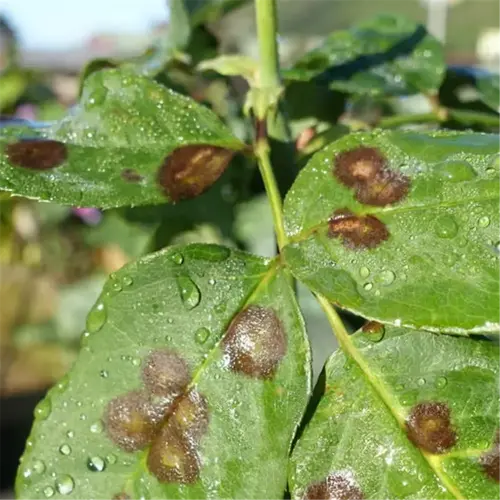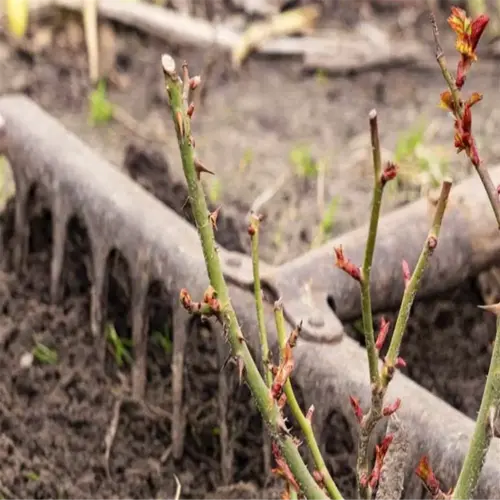What's the best prevention for bacterial leaf spot?

Written by
Julia Anderson
Reviewed by
Prof. Samuel Fitzgerald, Ph.D.Prevention of bacterial leaf spot begins even before you plant. I have seen farms lose an entire season by not certifying seeds. It is good to always specifically ask for seeds that are NSF/ISO 22000 certified. A grower in Missouri that used that stock had an 80% reduced outbreak. Seeds in your hands are where defense begins.
Seed Sanitation
- Hot-water treatment: 122°F (50°C) for 25 minutes
- Test 100-seed samples post-treatment for viability
- Pair with Thiram fungicide dusting for residual protection
Environmental Controls
- Install 8ft-tall windbreaks every 15ft
- Disinfect tools in 10% bleach for 30 minutes
- Use footbaths at greenhouse entries
There is no time to spare about resistance management. To manage resistance successfully, 3 yearly rotations of crops are a must - I use GPS to map fields to track rotations. A Nebraska farm saw outbreaks stop when soybeans were planted after raising pepper crops. Tracking with soil tests shows that bacterium loads can be reduced by 90% with appropriate rotations.
Sanitation saves crops. You should power-wash equipment weekly with 140°F (60°C) water. Publicly log cleaning dates: at a greenhouse in Maine they saw compliance improve 65% when the workers saw the tracker. The checklist is now your crop's immune system.
Read the full article: Bacterial Leaf Spot: Complete Guide to Identification and Control

